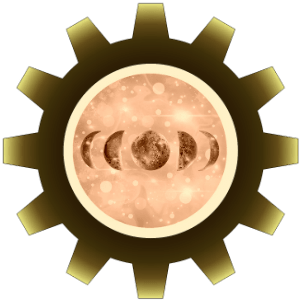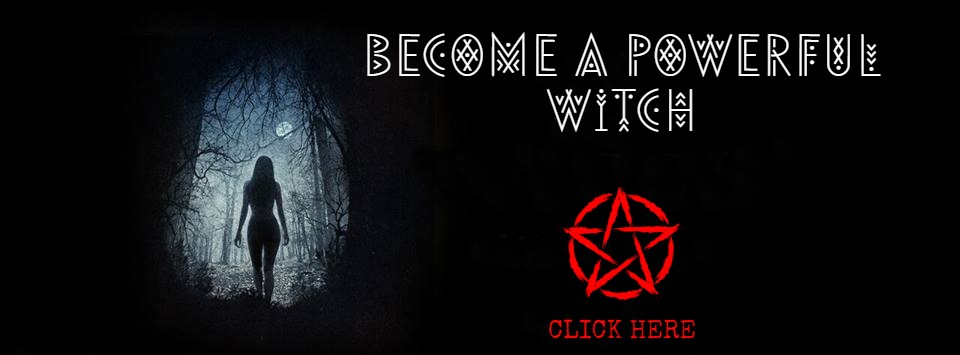About Witchcraft

What is Witchcraft ? A type of Sorcery involving the magical manipulation of supernormal forces through the casting of spells and the conjuring or invoking of spirits. Beliefs about witchcraft are universal, but there is no universal definition of witchcraft. Anthropologists define witchcraft as an innate, inborn condition involving the use of malevolent power by psychic means with no need for ritual or Charm. In most societies, witches are believed to use their supernatural powers more for evil than for good. However, “white witches” practicing folk medicines and spells are consulted for protection and for ensuring good fortunes.
In the West, witchcraft was especially feared during the Middle Ages and during the Inquisition, in conjunction with fears about the Devil and Demonic influences. Witches were regarded as servants of the Devil, who made Pacts of worship in exchange for Familiars and malevolent supernatural powers.
In 1484, the Catholic Church, in a bull issued by Pope Innocent VIII, declared witchcraft to be a heresy, thus enabling inquisitors to persecute any enemy of the church. The charge of witchcraft was nearly impossible to refute, and the accused usually were severely tortured until they confessed to having familiars, worshipping the Devil, having sex with Demons, and casting evil spells. Witch hunting became a profitable pursuit and an effective way to take revenge on one’s enemies.
In the 16th-century, the Protestant Reformation continued the campaign against witches; Martin Luther called them “the Devil’s whores.” The witch hysteria affected Europe, including Britain, and America. It died down by the end of the 18th century, but prejudices against witches and fears of their malevolent powers remained. Nonetheless, “folk witches,” people who possessed magical skills, especially for healing, fertility, luck, and divination, continued to function especially in rural areas. “White witchcraft,” or good magic, still flourished from the 18th century on.
The stain of the Inquisition was impossible to remove, however, and many people still perceived a “witch” as a malevolent person in league with the Devil, and antiwitch sentiment continued. In England, continental Europe, and even America, there were outbreaks of violence against suspected witches all through the 19th century and into the early 20th century. The worst case in North America was the Salem Witchcraft Hysteria in Salem, Massachusetts, in 1692–93, which led to the imprisonment of hundreds of accused witches and the deaths of 19 people.
Witchcraft the Religion
In the 1950s, witchcraft was reinvented as a religion, a movement that started in England and gained popularity through the efforts of Gerald B. Gardner and others. Gardner followed the work of the British anthropologist Margaret A. Murray, who, in the 1920s and 1930s, had claimed that witchcraft comprised the remnants of an “Old Religion” based on pagan beliefs and practices centered around the Horned God, a Pan-like deity.
Gardner claimed to be initiated by a coven of “hereditary witches,” followers of the Old Religion. He feared that Witchcraft, spelled with a capital W to distinguish it as a religion, not a sorcery, was in danger of dying out through its lack of young members. Until 1951, witchcraft was still a serious crime in England, according to an old law still on the books. The law was repealed in that year, enabling people to be witches openly.
Gardner formed his own coven. He said his fellow Witches had given him a framework of rituals, including initiations. He obtained additional rituals from Aleister Crowley, whom he met in 1946. He borrowed additional material from ritual magic practiced by such orders as the Hermetic Order of the Golden Dawn, the Freemasons, and the Rosicrucians, as well as sex magic rituals from the Ordo Templi Orientis, of which Crowley had been a leader in England. Gardner also mixed in Eastern mysticism and magic.
In 1953, he initiated Doreen Valiente, with whom he collaborated in writing and revising the rituals. Under Valiente’s influence, the “ancient laws” of Witchcraft took on a more Christian flavor, with an emphasis on using magic only for good and avoiding associations with the Demonic. The religion of Witchcraft was an immediate sensation and attracted adherents around the world. Murray’s theory of the unbroken existence of an Old Religion was disproved, but that did not discourage potential initiates from joining covens. For many, the new religion was a refreshing change from traditional faiths.
Witchcraft the religion, also called Wicca, has become the largest segment of modern Pagan religions. There are numerous traditions, many involving reconstructions of pagan beliefs and practices, as well as shamanic elements.
Luciferian Witchcraft
A tradition of Luciferian Witchcraft, founded by Michael W. Ford, emphasizes the Left Hand Path of magic centered on the Devil, the Adversary, the gnosis of Fallen Angels, and sex magic. The practitioner becomes like Cain, isolated and living outside the natural order of society, in order to focus inward. According to Ford, Luciferian Witchcraft complements the philosophies and works of Crowley; Anton Szandor Lavey, who founded the Church of Satan (see Satanism); and the English occultist Austin Osman Spare, who created a unique system of sigil Magic.
One of the central rites in Luciferian Witchcraft is the Dragon within the Triangle of Darkness, an evocation circle for the meeting of Daemon and Man and Woman, “to uplift and envenom their spirit with the Adversarial Gnosis.” The Adversary challenges and tests; the initiate descends into darkness and chaos to emerge as a Luciferian Bringer of Light. The black magick and witchcraft of the Luciferian tradition involve the shadow aspects of the sorcerer’s own psyche. A permanent pact is made with the forces of darkness and chaos, and a Sigillium Diaboli is imprinted upon the body, mind, and spirit. The goal is a path of self-development in Light.
FURTHER READING:
-
- Ford, Michael W. Luciferian Witchcraft. Lulu.com, 2005.
- Guiley, Rosemary Ellen. The Encyclopedia of Witches and Witchcraft. 2nd ed. New York: Facts On File, 1999.
- Russell, Jeffrey Burton. A History of Witchcraft. London: Thames & Hudson, 1980.
The Encyclopedia of Demons and Demonology – Written by Rosemary Ellen Guiley – Copyright © 2009 by Visionary Living, Inc.

African Witchcraft

Exorcism in Witchcraft












